To provide the best experiences, we use technologies like cookies to store and/or access device information. Consenting to these technologies will allow us to process data such as browsing behaviour or unique IDs on this site. Not consenting or withdrawing consent, may adversely affect certain features and functions.
The technical storage or access is strictly necessary for the legitimate purpose of enabling the use of a specific service explicitly requested by the subscriber or user, or for the sole purpose of carrying out the transmission of a communication over an electronic communications network.
The technical storage or access is necessary for the legitimate purpose of storing preferences that are not requested by the subscriber or user.
The technical storage or access that is used exclusively for statistical purposes.
The technical storage or access that is used exclusively for anonymous statistical purposes. Without a subpoena, voluntary compliance on the part of your Internet Service Provider, or additional records from a third party, information stored or retrieved for this purpose alone cannot usually be used to identify you.
The technical storage or access is required to create user profiles to send advertising, or to track the user on a website or across several websites for similar marketing purposes.
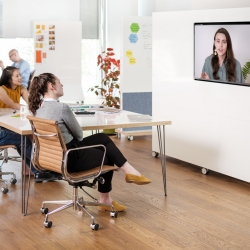 Trade association FIS has launched a revised Client Guide to Office Fit-Out and Refurbishment with the aim of promoting best practice in the fit-out process and to take account of new working practices post-pandemic, the Building Safety Act and advances in sustainability. First published in 2017, this updated guide is aimed at clients, contractors and architects involved in fit-out projects in a changing world. It is available for free download. (more…)
Trade association FIS has launched a revised Client Guide to Office Fit-Out and Refurbishment with the aim of promoting best practice in the fit-out process and to take account of new working practices post-pandemic, the Building Safety Act and advances in sustainability. First published in 2017, this updated guide is aimed at clients, contractors and architects involved in fit-out projects in a changing world. It is available for free download. (more…)




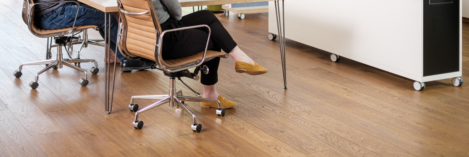


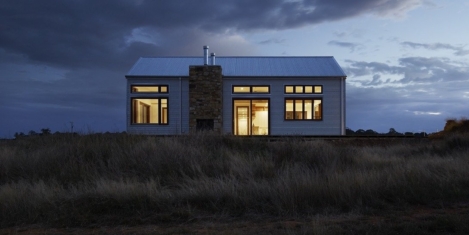
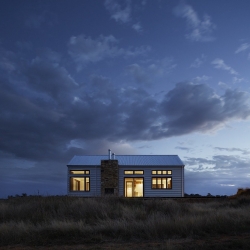


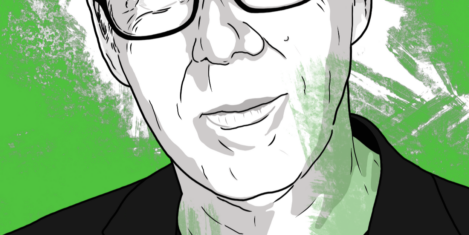
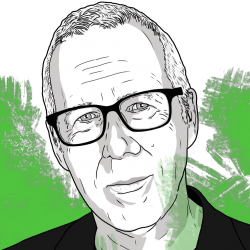


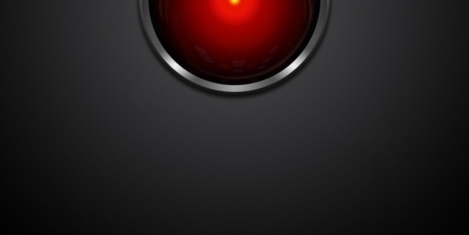

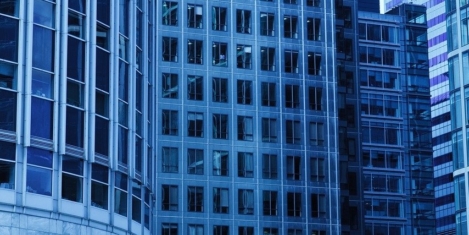
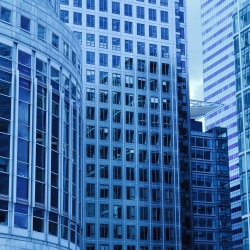


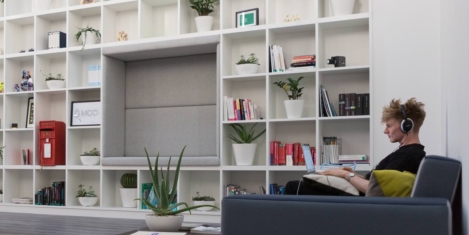
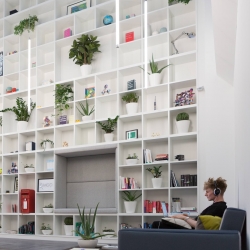
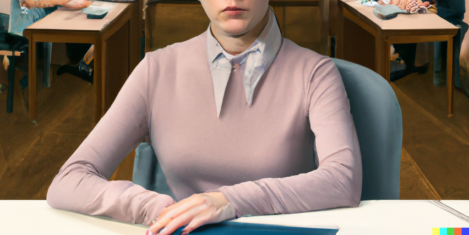










March 24, 2023
Company culture is one of the hardest but most valuable things to get right after a merger
by Siobhan Byrnes • Business, Comment